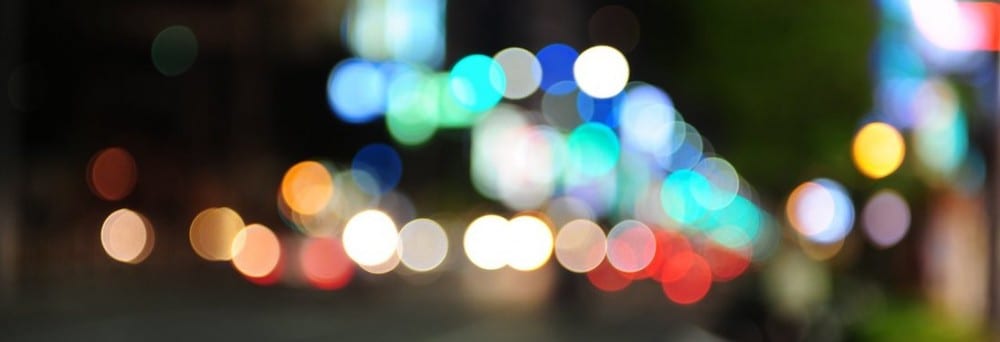The premise for our performance stands predominately on the fact that we are taking a usually mundane area (the high street) and putting something that doesn’t belong there.Whilst looking back through the readings we had been given I re read tumble weed, which is all about exactly that. This quote stood out to me ‘ meandering is becoming increasingly unfamiliar; regarded as aimless and wasting time, it is perceived as a lower-social-status activity. ‘Time is money’, and one is encouraged to be constantly in flux,’ (Jones,2010) . this sums up the high street perfectly. On the high street everyone has a purpose, everyone is always moving trying to get to a destination. This is why we want to change that. The simple idea of putting something that doesn’t belong in a space, will change the purpose of space, we want to take what is ordinary and add something out of the ordinary.
This is also the reason we want to put the speech bubbles on poles so they can be seen above the crowds, also we want to experiment with both lots of movement as well as lack of movement, to both mimic and juxtapose what is commonly seen on the high street.
After doing the mini task where we fist experimented with speech bubbles, we also wanted to expand on the idea of interaction. The reactions we received especially on the escalators is something else we wanted to explore, taking people out of there own world getting them away from their phone screens and focusing on something else.
Reference: Blundell Jones, C. (2010) Walking, the Western and the tumbleweed. Visual Studies. 25 (1) 87-88
